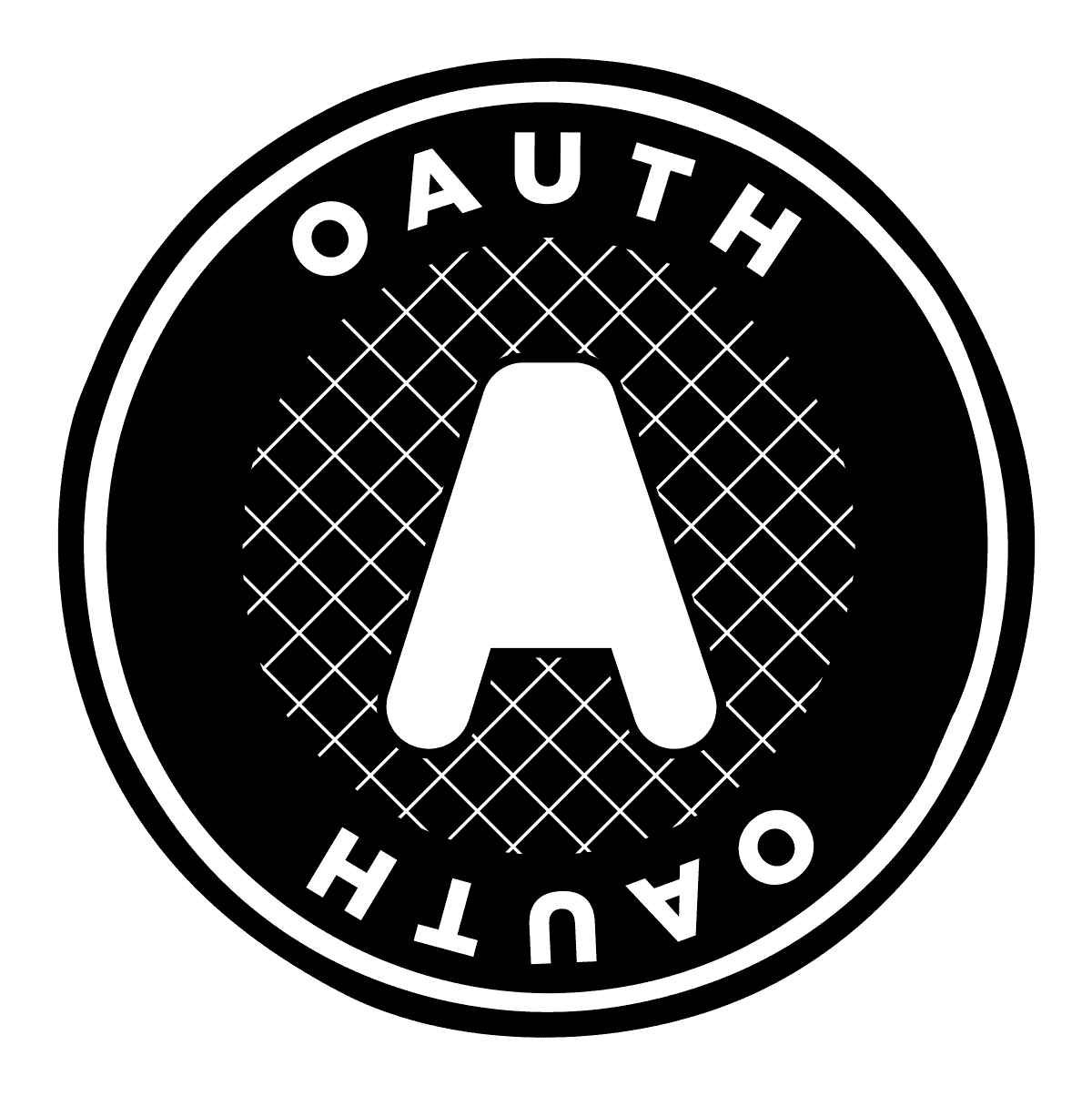OAuth provides a robust solution for safeguarding user credentials and access to their data. OAuth is an open-standard authorization protocol that allows third-party apps to gain secure delegated access without requiring users to expose their passwords. This protocol has been widely embraced due to its ability to offer secure and effective access controls for user data across the internet. Switching to applications that support OAuth is not just a preventative step; it’s fast becoming an essential transition for organizations and users alike.
OAuth’s significance has been recognized by major service providers, as evidenced by the push for enhanced security standards over less secure authentication methods. By migrating to OAuth, users can enjoy a seamless experience while maintaining control over the extent of access they grant to third-party applications. This approach mitigates potential risks and reflects a forward-thinking attitude towards data security and privacy.
What Is OAuth and Why It Matters
OAuth 2.0 is an open standard for secure authorization. It allows users to grant apps limited access to their data (like Google, Microsoft, or Salesforce accounts) — without sharing passwords.
Switching to OAuth improves:
- 🔒 Security: Reduces password exposure and phishing risk.
- 🧭 User Experience: Enables single sign-on (SSO) and faster logins.
- 🧰 Scalability: Works across APIs, mobile apps, and web services.
🧭 Step-by-Step Guide to Switching to Secure OAuth Access
1. Assess Your Current Authentication Setup
Before switching, identify:
- How users currently log in (username/password, API keys, etc.)
- What data or APIs each app accesses
- Which identity providers (IdPs) you plan to support (e.g., Google, Microsoft, Okta)
Tip: Document all apps and their permissions — this helps when mapping scopes later.
2. Choose an OAuth Provider or Authorization Server
You can either:
- Use a managed provider (e.g., Auth0, Okta, Azure AD, Google Identity Platform)
- Host your own authorization server using open-source tools like Keycloak or Curity Identity Server
Key factors to consider:
- Compliance (GDPR, SOC 2, etc.)
- Token management and revocation policies
- Integration with your existing user directory
(Source: Curity: OAuth for Mobile Apps Best Practices)
3. Implement the Right OAuth Flow for Each App Type
Different app types require different OAuth flows for maximum security:
| App Type | Recommended Flow | Notes |
|---|---|---|
| Web App (Server-side) | Authorization Code Flow with PKCE | Most secure for user logins |
| Single-Page App (SPA) | Authorization Code Flow with PKCE | Avoid Implicit Flow (tokens in URL) |
| Mobile App | Authorization Code Flow with PKCE | Protects tokens from interception |
| Machine-to-Machine (M2M) | Client Credentials Flow | No user interaction required |
(Sources: SkyCloak, OAuth.net Best Practices)
4. Secure Token Storage and Transmission
- Always use HTTPS to encrypt data in transit.
- Store access tokens in secure, non-persistent storage (e.g., iOS Keychain, Android Keystore, or encrypted server storage).
- Implement token expiration and refresh token rotation to reduce risk of reuse.
- Avoid storing tokens in localStorage or URLs.
(Source: Aditya Bhuyan – Authentication & Authorization Best Practices)
5. Manage App Permissions and Scopes
Scopes define what data an app can access.
- Use least privilege — only request permissions necessary for the app’s function.
- Regularly review and revoke unused or risky OAuth app permissions.
- Monitor third-party app access via dashboards like Microsoft Defender for Cloud Apps or Google Workspace Security Center.
(Source: Microsoft Defender for Cloud Apps – Manage OAuth Apps)
6. Educate Users and Teams
- Inform users about the new OAuth login process.
- Train admins to identify suspicious OAuth permissions.
- Provide clear documentation for developers integrating OAuth APIs.
🧰 Bonus: Migration Tips
- Run both systems in parallel during testing to minimize downtime.
- Audit logs before and after migration to detect anomalies.
- Automate token cleanup for expired or revoked access.
- For enterprise environments, consider OAuth + OpenID Connect (OIDC) for unified identity and authentication.
✅ Summary
Switching to OAuth isn’t just a technical upgrade — it’s a security modernization that protects users, simplifies access, and aligns your apps with modern compliance standards.
By following these best practices:
- You’ll reduce password risk
- Improve user trust and experience
- Future-proof your authentication architecture
Making Your Account Safer: Moving to OAuth
Many apps access your Google account for various reasons. This might include syncing your calendar, managing email, or accessing your contacts. In the past, “less secure apps” (LSAs) with basic password authentication handled this. However, Google is phasing them out for improved security in favor of OAuth.
What is OAuth?
OAuth is an open-standard authorization framework. It lets you approve one application interacting with another on your behalf, but without giving away your password.
Here’s an example. If you’ve used “Sign in with Google” for a third-party service, you’ve used OAuth.With OAuth, you’ll get a pop-up asking for specific permissions, such as access to your calendar. This keeps your overall account password safe.
Making the Switch: Less Secure Apps to OAuth
Here’s a breakdown of making the transition from LSAs to OAuth:
- Identify Apps Using LSAs:
- Go to your Google Account security settings.
- Look for the “Less secure app access” section.
- This lists apps using the older sign-in technology.
- Check for OAuth Alternatives: Many applications will have already upgraded to OAuth. Here’s how to check:
- Visit the developer’s website for the app in question.
- Search for information about OAuth support, account linking with Google, or updated authentication methods.
- Switching to OAuth (If Available):
- Follow the specific instructions provided by the app developer.
- This usually involves revoking LSA access in your Google account settings and reconnecting with the app using the OAuth flow.
- Removing Apps Without Updates:
- If an app hasn’t upgraded to OAuth, you’ll need to remove access from your Google account. This keeps your information secure.
Information to Copy/Paste:
- How to find less secure apps: Check your Google account settings here: https://myaccount.google.com/security
- Less secure apps will lose access: On May 30, 2023, Google will permanently block LSAs from accessing your account.
Key Takeaways
- OAuth is a security-focused authorization protocol for protecting user access and credentials.
- Transitioning to OAuth-enabled apps ensures secure usability without compromising personal information.
- Migrating to OAuth aligns with modern security practices and meets evolving digital standards.
Understanding OAuth and Its Benefits for Secure Access
When considering the protection of data and the facilitation of user authentication, OAuth and its updated version 2.0 stand out for their robust security features and flexibility through access tokens and scopes.
The Fundamentals of OAuth Technology
OAuth, short for Open Authorization, establishes a secure pathway for user authentication without sharing login details with third-party services. Its foundation lies in tokens that represent the user’s permissions, allowing apps to request access to resources on one’s behalf without exposing sensitive information.
OAuth 2.0: The Advanced Standard
OAuth 2.0, the evolution of the original OAuth protocol, enhances the framework to suit contemporary needs. It streamlines security and client-server interactions in various applications. The advancements in OAuth 2.0 include more flexible authorization flows like:
- Authorization Code for apps running on a web server.
- Implicit for browser-based or mobile apps.
- Password Credentials for trusted applications.
- Client Credentials for application-to-application interactions.
This version also defines clear roles for clients, authorization servers, and resource servers, making the authorization sequence more reliable.
Access Tokens and Scopes Explained
OAuth uses access tokens, which are strings granting temporary access to the user’s data. An authorization server issues tokens with defined scopes, delineating what access the client has. These scopes are crucial as they:
- Define API access levels.
- Ensure that applications only receive the data necessary for their function.
- Increase security and trust by limiting access.
By standardizing secure login and user authentication, OAuth lays a foundation for applications to access the necessary data without compromising user credentials.
Implementing OAuth in Applications
The implementation of OAuth requires a structured approach to ensure secure and efficient operation within apps. This covers cross-platform integration, protection of sensitive data, and meticulous management of user permissions.
Integrating OAuth with Web and Mobile Apps
OAuth serves as a secure bridge between users and applications. For a web browser or mobile app, integrating OAuth involves redirecting to an authentication page, such as one from Google or a GitHub app. Post authentication, the service redirects back to the application with a login confirmation. Native clients must register with the OAuth provider to obtain a unique client secret which forms part of the authorization process.
Securing Client Secrets and Authentication Codes
During the OAuth flow, client secrets and authentication codes must be protected to prevent security breaches. For instance, mobile applications should use one-time codes that exchange for access tokens, reducing the risk of being compromised. It’s vital that client secrets are never exposed on the client side and transmitted securely to back-end services when necessary.
Managing User Permissions and Fine-Grained Access
OAuth ensures that apps only receive access to resources that the user has consented to share. By implementing fine-grained permissions, users have control over their data, with the ability to grant or revoke access. Applications can enforce this by requesting specific scopes, limiting access to only the necessary information and actions required to perform their functions.
Utilizing Short-Lived Tokens and PKCE for Enhanced Security
Utilizing short-lived tokens and Proof Key for Code Exchange (PKCE) enhances security, especially in public clients like web browsers and mobile apps. PKCE uses dynamically created cryptographic codes to mitigate phishing attacks. Additionally, incorporating JWT access tokens ensures that tokens expire within a short period, necessitating regular renewal, which helps prevent token theft.
Frequently Asked Questions
This section covers specific steps and methods for enabling and ensuring secure OAuth access for various apps and platforms.
How can I enable OAuth for existing apps that currently utilize less secure access methods?
To enable OAuth for existing apps, start by identifying if the app supports OAuth. If it does, look for settings or account security options within the app to switch to OAuth authentication. Developers may need to refer to the app’s API documentation for guidance.
What steps are involved in transitioning from less secure apps to OAuth-based access on GitHub?
On GitHub, transitioning to OAuth requires creating an OAuth App in the settings. Once created, you’ll get a Client ID and Client Secret used to authenticate. Implement the OAuth flow as per GitHub’s documentation in your app to complete the process.
What is the process to set up OAuth access for applications on a Mac?
To set up OAuth access for applications on a Mac, you typically go through the Internet Accounts system preferences pane. Add a new account and select the service that uses OAuth. Follow the prompts to log in with your service credentials, and macOS will handle the OAuth setup.
How do I update my Android apps to use secure OAuth access instead of less secure authentication?
Developers updating Android apps should implement the OAuth 2.0 authorization framework to replace less secure methods. This involves using the Authorization Code flow, ensuring that the app requests tokens from a secure authorization server. Detailed steps are available in Android’s developer guides.
After the update, how will Google Workspace accounts be affected in terms of app access?
Google Workspace accounts will be more secure after the update. Users will need to ensure their apps use OAuth for access. Apps that don’t support OAuth may lose access to Google Workspace accounts after the deadline.
What alternatives are there to less secure app access that are both secure and easy to implement?
Alternatives to less secure app access include OAuth 2.0 and API keys for server-to-server interactions. These methods offer secure, token-based access that minimizes risks without compromising on ease of implementation.







